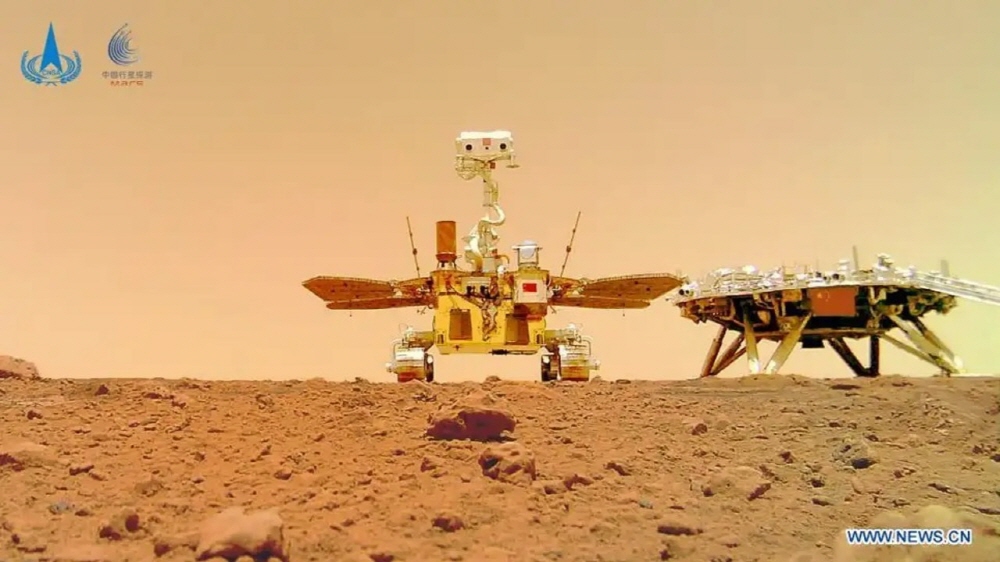
The probe, named after the Chinese mythology god of fire, used a detachable wireless camera to take two-shots with a landing platform on the surface of Mars.
Compared to NASA’s Perseverance and Curiosity probes, Kowloon is not large, but it is an important probe for China. CNSA, China’s national aviation agency, recently released a few photos to commemorate the occasion.
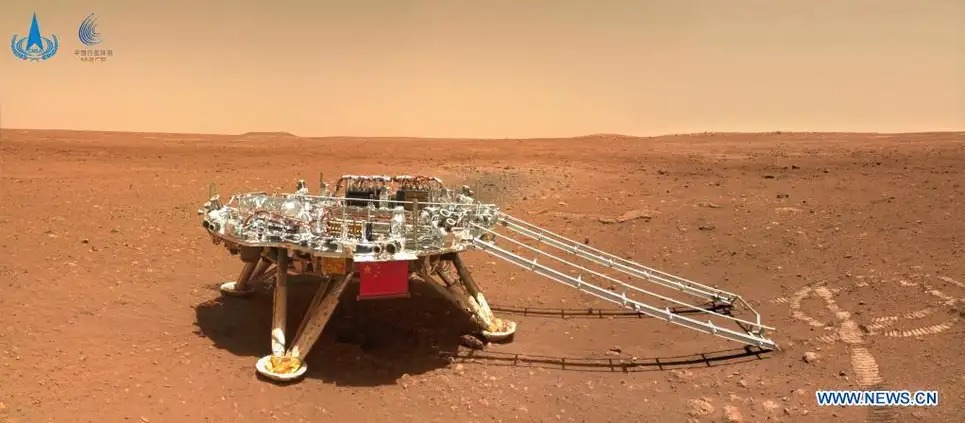
Kowloon, a 240 kg Mars rover, landed on May 15 and left the landing platform on May 22. The Utopia Plain being explored was also visited by NASA’s Viking 2 spacecraft in 1976. According to reports, the probe posed close to 10 meters away with a wireless camera on the ground to take a selfie. In the photo, the Kowloon and the platform that landed the probe to the surface of Mars are photographed together. In addition to these photos, a 360-degree panoramic image of the landing site, a separate landing platform and photos of the current environment of Kowloon were also released.
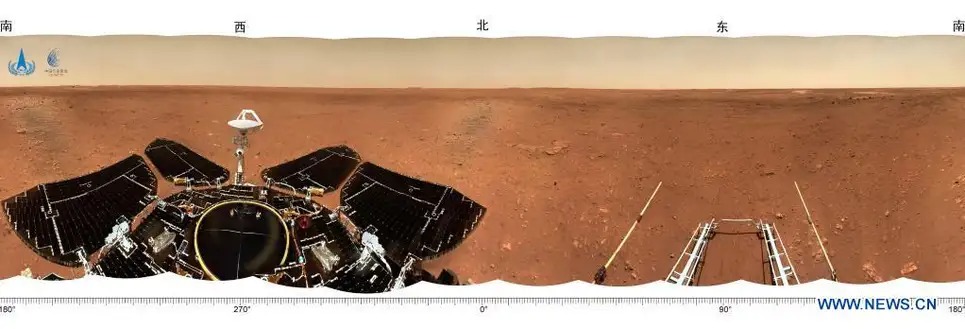
The Jurong mission is scheduled for 90 days based on Mars and is to perform missions such as climate tracking and geological research. The probe is equipped with laser equipment to analyze rocks and radar to search for water or ice below the surface. Utopia plains have interesting features such as dune-like structures and traces of ancient lava or mud volcanoes.
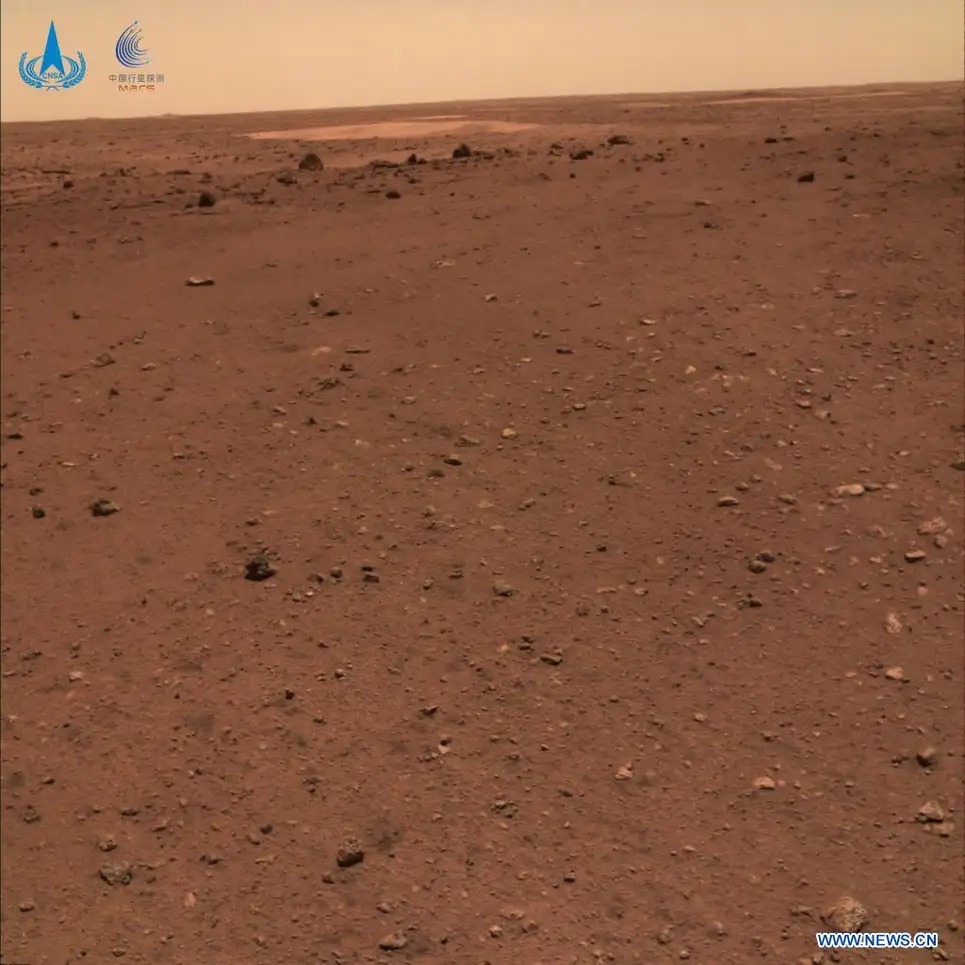
Not long ago, CNSA released a recent photo of Mars taken by Ten One-1. In a high-resolution image taken on June 2nd, along with the landing platform, the black spots made by Kowloon with the lander reverse-injection rocket are also visible on the surface. Ten One-1 was launched on July 23, 2020 with Kowloon, and has spent one Martian year equivalent to 687 days on Earth while conducting communications relay and scientific exploration to the probe.
Jurong is listed on NASA’s Perseverance, Curiosity, and stationary, but Insight, missions on Mars. Related information can be found here.

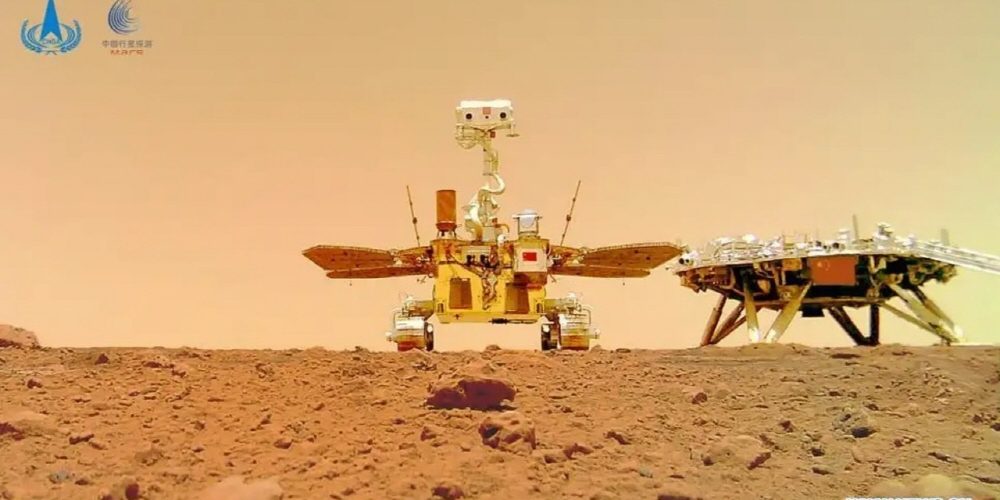
















Add comment